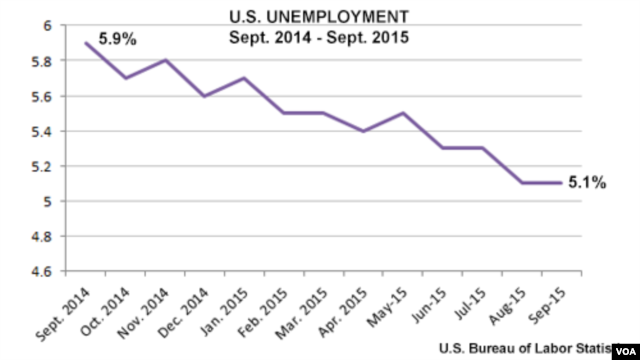I follow LaborUnionReport every day and these three articles seem appropriate to share with you. Follow the links as the titles are self-explanatory.
Numbers Game: 14 Million More Americans Out Of Workforce Than In 2007 @ Numbers Game 14 Million More Americans Out Of Workforce Than In 2007 - LaborUnionReport.com Not exactly what Obama wants us to know
Hundreds Of Thousands’ Union Retirees Face Pension Cuts @ Hundreds Of Thousands Union Retirees Face Pension Cuts - LaborUnionReport.com Ouch!
“Act Like a Nice Girl.” Ironworkers union allegedly discriminated against transgender, says suit @ Act Like a Nice Girl. Ironworkers union allegedly discriminated against transgender says suit - LaborUnionReport.com more than a little off-topic ☺
Numbers Game: 14 Million More Americans Out Of Workforce Than In 2007 @ Numbers Game 14 Million More Americans Out Of Workforce Than In 2007 - LaborUnionReport.com Not exactly what Obama wants us to know
Hundreds Of Thousands’ Union Retirees Face Pension Cuts @ Hundreds Of Thousands Union Retirees Face Pension Cuts - LaborUnionReport.com Ouch!
“Act Like a Nice Girl.” Ironworkers union allegedly discriminated against transgender, says suit @ Act Like a Nice Girl. Ironworkers union allegedly discriminated against transgender says suit - LaborUnionReport.com more than a little off-topic ☺


